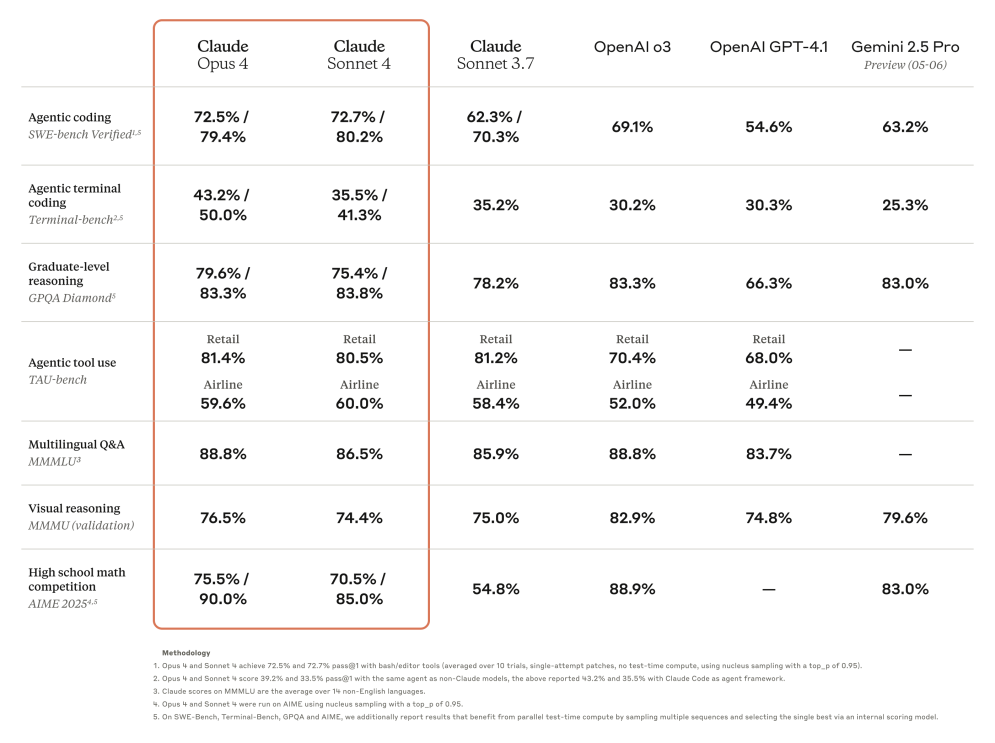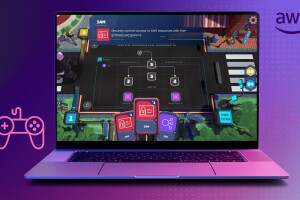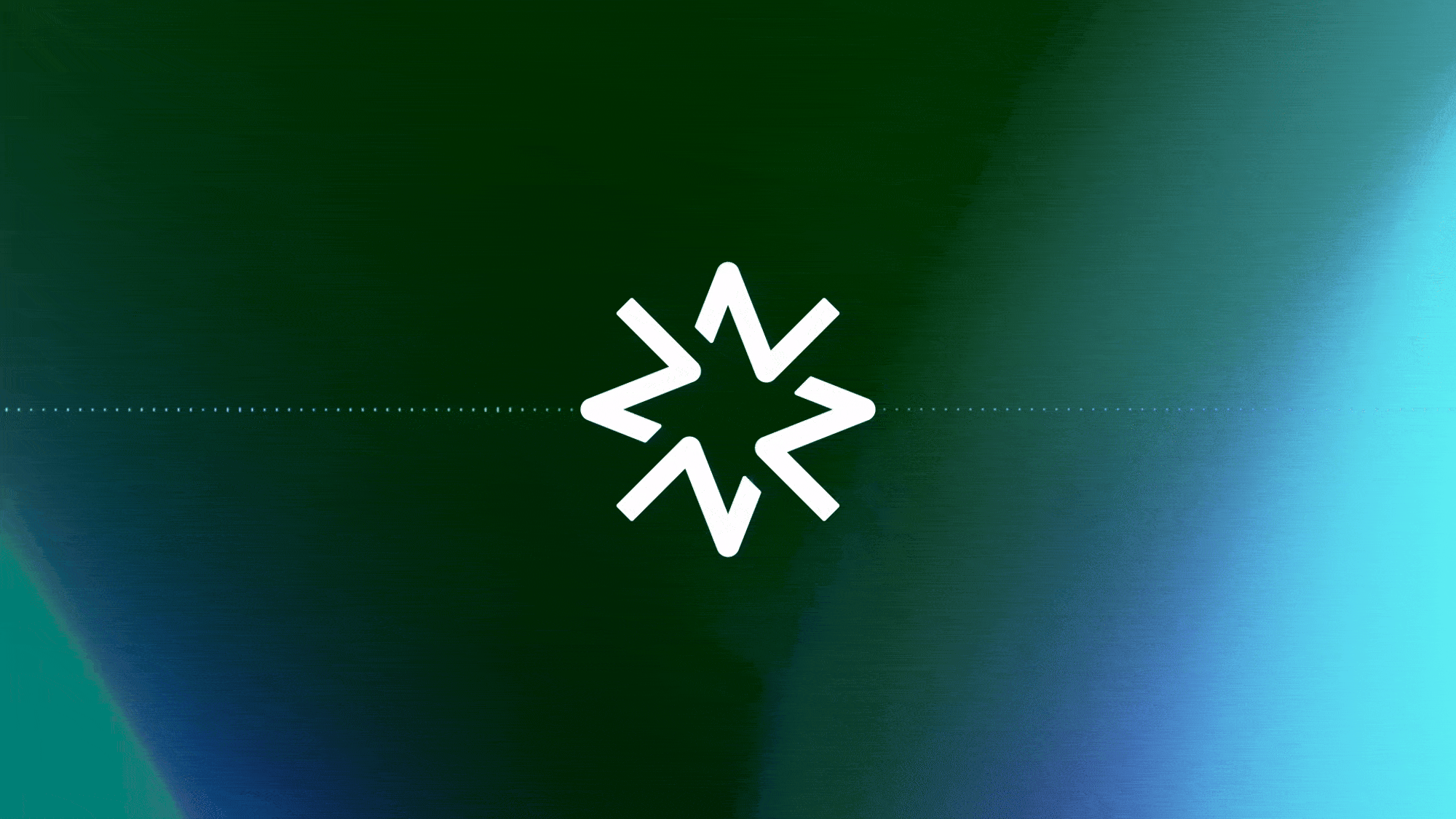Anthropic’s Claude 4 models now available in Amazon Bedrock
May 22, 2025
Anthropic’s Claude 4 Opus, Sonnet models now available in Amazon Bedrock
Hybrid reasoning models Claude Opus 4 and Claude Sonnet 4 bring new and advanced opportunities for agentic AI to AWS customers.
Key Takeaways
- Claude 4 hybrid reasoning models let customers choose between near-instant responses and deeper reasoning.
- These models can transform how businesses can deploy AI for both complex tasks and everyday high-volume operations.
- Both models are designed to power more capable, autonomous AI agents for multi-step workflows across thousands of steps.
- Claude 4 models offer improvements in coding, with Opus 4 as the “world’s best coding model.”
Amazon Web Services (AWS) has announced the availability of Claude Opus 4 and Claude Sonnet 4—the latest generation of models from Anthropic—in Amazon Bedrock. These new, hybrid reasoning models (meaning they can toggle between near-instant responses and extended thinking) set new standards across coding, advanced reasoning, and multi-step workflows. They enable sustained performance on complex, long-running tasks and can power AI agents capable of doing hours of work in minutes.
The addition of Claude Opus 4 and Claude Sonnet 4 to Amazon Bedrock expands customers’ AI choices with Anthropic’s most advanced models, simplifying how customers build better, more transformative applications with enterprise-grade security and responsible AI controls.
Why you should care

The new Claude 4 models fundamentally change how teams approach complex projects. This is especially true for large enterprises tackling work that requires sustained effort and deep expertise. Claude Opus 4 excels at tackling complex multi-step tasks with peak accuracy, from orchestrating cross-functional workflows to conducting in-depth research across multiple data sources. According to Anthropic, Claude Opus 4 is the world’s best coding model, independently handling complex coding projects and agent workflows from planning to execution. The model can also produce long-form creative content using natural prose. Customers in financial services can leverage Claude Opus 4 for agentic search and research, connecting for example, to vast numbers of market reports to derive comprehensive industry insights, while customers in marketing can use the model to autonomously manage multi-channel campaigns.
Claude Sonnet 4 surpasses its predecessor (Claude Sonnet 3.7) on both coding and reasoning, and offers a balance of performance and cost optimization for high-volume use cases, making it ideal for most production applications. Claude Sonnet 4 can power everything from real-time customer support agents to everyday development tasks like code reviews and bug fixes, and can also serve as a task-specific sub agent to handle multiple tasks at once, such as search, data analysis, or content synthesis. Customers in travel and hospitality can use Claude Sonnet 4 to run customer requests and deliver personalized responses in near real-time.
Both models include “extended thinking,” which allows Claude to switch between two modes: deep reasoning and action performance. Claude can run data analysis as needed, improving accuracy as it works, which helps it better anticipate and execute next steps.
Meet the AI
Claude Opus 4 operates like a brilliant detailed-oriented collaborator that is able to perform long-form tasks including coding, researching, and content creation. Meanwhile, Claude Sonnet 4 is efficient, creating a perfect blend of quick thinking and practical intelligence for every project. With a balance of speed and performance, Claude Sonnet 4 can seamlessly switch between tasks—all while maintaining a pragmatic approach and unwavering commitment to getting things done right the first time.
Straight from the source, Anthropic on Claude
“Claude Opus 4 and Claude Sonnet 4 transform AI from a tool into a true collaborator for every person and every team. Our customers will see project timelines shrink—in many cases from weeks to hours,” said Kate Jensen, head of Growth and Revenue, Anthropic. “The Claude 4 models set new standards in coding, advanced reasoning, and multi-step workflows while understanding full business contexts and delivering precise results. The real breakthrough is freeing your talent for strategic work while Claude handles the heavy lifting.”
“When it comes to accuracy in agentic systems and enterprise datasets—particularly those requiring tool use and multi-turn interaction—Claude Opus 4 is advancing the state-of-the-art,” said Henry Ehrenberg, co-founder of Snorkel AI. “Our researchers benchmarked Claude Opus 4 for a real world insurance underwriting use case using Snorkel’s fine-grained evaluation platform and saw Claude Opus 4 significantly outperform other reasoning models on critical subsets of data like specific lines of business.”
“Claude Opus 4 is the first model that boosts code quality during editing and debugging in our agent, codename goose, without sacrificing performance or reliability,” said Bradley Axen, principal data & ML engineer, Block.
Crunching the numbers
- Both models feature a 200K token context window, enabling customers to process and generate long bodies of content—like document analysis and research—with consistent quality and coherence. A token is the smallest unit of text data a model can process (e.g., a word, phrase, or an individual character). Longer responses are particularly effective for rich code and content generation.
- According to Anthropic, Claude Opus 4 sets new performance standards on important industry tests that measure real-world capabilities: it can solve complex software engineering problems better than previous AI models (Software Engineering Benchmark) and provides more helpful and accurate responses when assisting with agentic tasks (Tool-Agent-User Interaction benchmark)—all while significantly improving its ability to follow instructions precisely and deliver reliable information.
- The models can switch between providing a quick, direct answer and step-by-step thinking—improving performance for multi-step workflows by substantial margins on key industry benchmarks.
- For context, in the five weeks following the release of Claude Sonnet 3.7 (the last model from Anthropic), the model experienced exceptional reception from Amazon Bedrock customers, with usage rates 300% higher than the previous Claude model over the same time period.
The bigger story
This next generation of Claude models represents a significant leap forward in agentic AI capabilities, transforming how businesses can deploy AI for both specialized complex tasks and everyday high-volume operations. Rather than simply generating content, Claude Opus 4 and Claude Sonnet 4 function more like expert virtual collaborators—maintaining focus across complex tasks, preserving relevant context, and delivering complete solutions without constant guidance. This capability transforms how organizations can tackle challenges from developing software systems to creating comprehensive marketing strategies. For everyday users, it means working with AI that better understands their needs and can take on more significant portions of projects independently.
What’s around the corner?
According to Anthropic, Claude Opus 4 and Claude Sonnet 4 point toward a future where AI systems become increasingly capable partners in both creative and knowledge work. For example: taking on more specialized roles in organizations like handling routine analysis, coordinating across departments, and even managing complete workflows with minimal oversight.
Dive deeper
Visit the AWS News blog for more detailed information on Claude Opus 4 and Claude Sonnet 4, or check out Anthropic’s Claude in Amazon Bedrock product page.
How to use Claude Opus 4 and Claude Sonnet 4 models
Find out how to get started with Claude models on AWS by visiting the Amazon Bedrock console.
Search
RECENT PRESS RELEASES
Related Post






